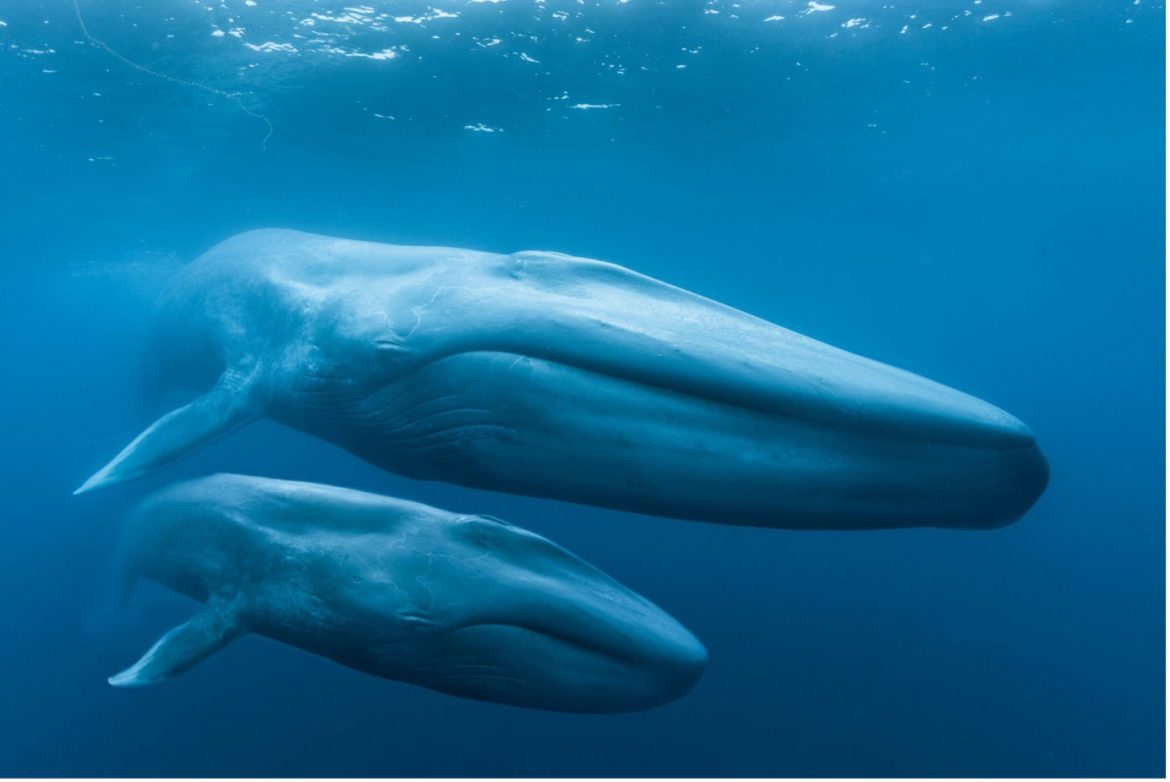Kochi – In response to the concerning rise in whale stranding events along the Indian coast, a dedicated research team from the ICAR-Central Marine Fisheries Research Institute (CMFRI) has launched a comprehensive 100-day coastal survey. This initiative, part of a collaborative research project with the Fishery Survey of India under the Ministry of Fisheries, focuses on assessing the stock and population of marine mammals in Indian waters.
Commencing the survey from Kochi, researchers will delve into understanding the diversity and distribution of marine mammals within 12 nautical miles of the Indian coast. The primary objective is to analyse the correlation between stranding events and changing climatic conditions, employing habitat modelling and recording stranding incidents.
The joint project aspires to garner a holistic understanding of marine mammal behaviour, population dynamics, and ecology. This knowledge is considered pivotal in formulating effective conservation measures for India’s marine mammal populations.
R Ratheesh Kumar, Principal Investigator of the project, highlighted the potential impact of extreme climatic events on the behaviour and distribution patterns of marine mammals. Kumar emphasized that species in these ecosystems are highly sensitive to environmental factors such as habitat changes, shifts in distribution, alteration in migration routes, and climatic conditions like rising ocean temperatures, changing cyclonic patterns, and storm surges.
The increased frequency of cyclones and storm surges, according to Kumar, might be contributing to the rising incidents of whale strandings. To address this, the CMFRI team aims to closely monitor such occurrences at sea and gather crucial data for in-depth analysis.
The marine mammal assessment project was initiated by the institute in 2021, during which 16 marine mammal species were recorded within the Indian Exclusive Economic Zone (EEZ) through on-board visual surveys. After a temporary hiatus, the project has been resumed in 2023, employing the line transect methodology for sighting and species-level counting of animals. The well-trained observers use binoculars and the naked eye alternately during the survey, systematically sampling specific areas for marine mammals to ensure representative coverage of the entire region.

